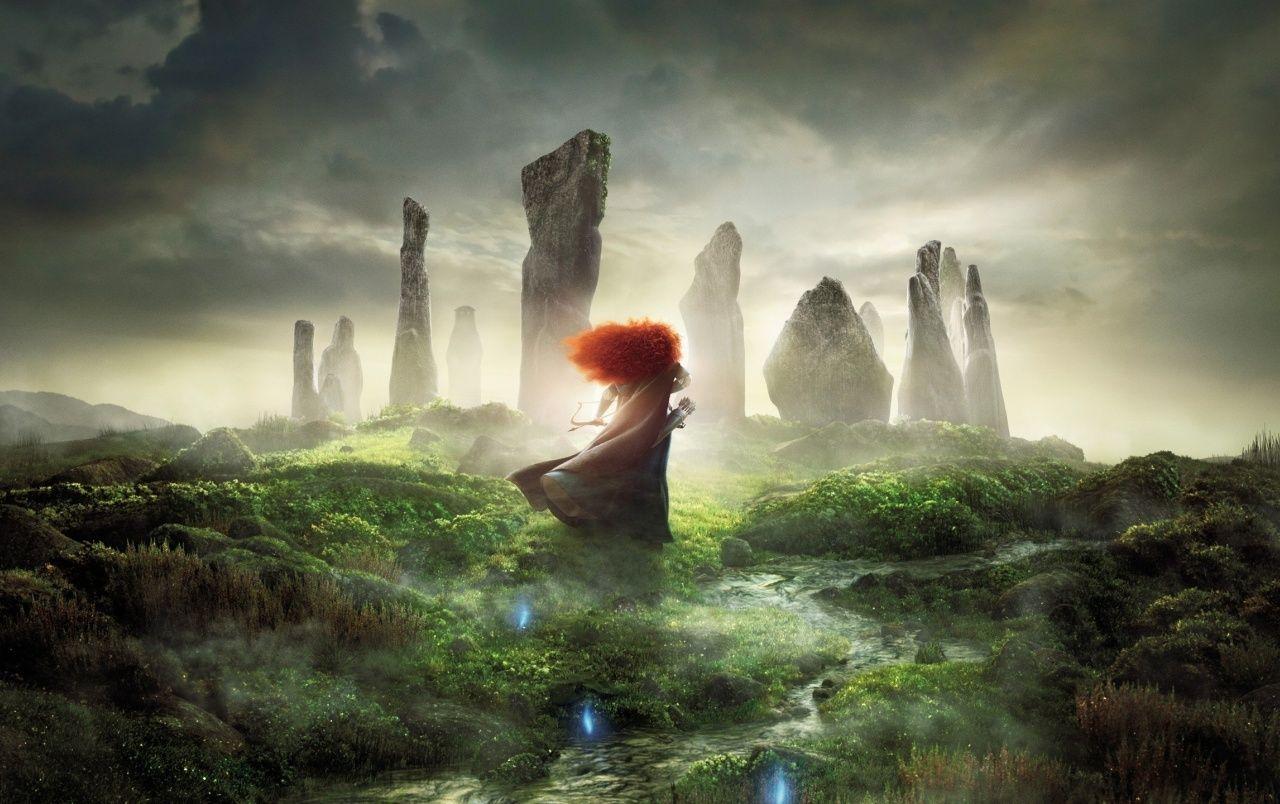Cover image
6 Antique Fashion Plate Prints Included is a Victorian fashion print from 1855. These ladies look so stylish with their tiny waists and full skirts. One woman is wearing a gold colored gown with a blue ribbon in her hair winport-no-deposit.com. The other woman is wearing a pretty white tiered dress with blue accents. The other plates are lovely as well!
One of our favorite retro and vintage illustrators is children’s book artist Ralph Cosentino. His superher character Fun-Boy (pictured) gives a nod to 50s advertising and takes inspiration from vintage Japanese pop culture. You’ll find a wealth of characterful, textured images on his website.
1 Bohemian Fern Printable More than just a print, you also get project instructions for making a rustic frame to go with this boho vibe printable. The Print itself is quite beautiful and was created in a bold indigo color!
Even though the industry constantly adopts new design trends, the significance of retro design is increasing. Things that were once obsolete are now new again; old trends and designs are now brought out, dusted, and put into use, thus proving their point.
Things that were popular in the past trended for a reason, and there’s no reason why they can’t be popular now. Retro design, even if somewhat muddled and widespread, can be just as effective and appealing now as it was back then.
Cinematic artwork
Film’s ability to convey complex narratives through visual imagery has revolutionized the way stories are told, using techniques such as framing, lighting, and sequential progression to guide viewers through a visual journey. These cinematic techniques have found their way into the realm of painting, where artists strive to evoke similar narrative experiences within the static confines of a canvas. This blend of film and painting results in narrative-driven compositions that not only capture a moment in time but also suggest a broader story, inviting viewers to engage with the artwork on a deeper level.
The atmosphere in the film scene faithfully captures the essence of the referenced artwork. Several nude women are lounging in a hammam, their postures similar, and even the blue turban worn by the woman in the background corresponds to the original painting.

Film’s ability to convey complex narratives through visual imagery has revolutionized the way stories are told, using techniques such as framing, lighting, and sequential progression to guide viewers through a visual journey. These cinematic techniques have found their way into the realm of painting, where artists strive to evoke similar narrative experiences within the static confines of a canvas. This blend of film and painting results in narrative-driven compositions that not only capture a moment in time but also suggest a broader story, inviting viewers to engage with the artwork on a deeper level.
The atmosphere in the film scene faithfully captures the essence of the referenced artwork. Several nude women are lounging in a hammam, their postures similar, and even the blue turban worn by the woman in the background corresponds to the original painting.
In his 2015 book The Pixels of Paul Cezanne: And Reflections on Other Artists, German filmmaker Wim Wenders writes, “All the paintings of Edward Hopper could be taken from one long movie about America, each one the beginning of a new scene.”
Exploring paintings with cinematic qualities can be a rewarding experience, offering a new perspective on how visual narratives can be constructed and understood. By seeking out works that incorporate these techniques, viewers can gain a greater appreciation for the innovative ways artists blend the worlds of film and painting. Whether visiting galleries, attending exhibitions, or exploring online resources, there are countless opportunities to discover and enjoy these narrative-driven compositions.
Classic artwork
This painting broke several taboos of its era, including the portrayal of a nude woman casually lunching with fully clothed men. It challenged traditional painting techniques and was pivotal in transitioning from Realism to Impressionism.
The work of Antoine Watteau continued to influence various French painters throughout the eighteenth and nineteenth centuries. The Embarkation to Cythera has its charm as it displays a ‘fête Galante,’ a party or romantic celebration enjoyed by the aristocracy of France during the Regence. This period after the death of Louis XIV is seen as a time of pleasure, peace, and dissipation. It is the historical significance of this painting that makes it so famous.
The Astronomer has several pictorial elements of compositions that are carefully fused together by the creative painter, Johannes Vermeer. The painting is a very interesting portrayal of an astronomer’s profession, which is shown through a celestial globe, as well as the book on the table. The popularity of the painting is based on the pure depiction of scientific investigations in the 16th century.

This painting broke several taboos of its era, including the portrayal of a nude woman casually lunching with fully clothed men. It challenged traditional painting techniques and was pivotal in transitioning from Realism to Impressionism.
The work of Antoine Watteau continued to influence various French painters throughout the eighteenth and nineteenth centuries. The Embarkation to Cythera has its charm as it displays a ‘fête Galante,’ a party or romantic celebration enjoyed by the aristocracy of France during the Regence. This period after the death of Louis XIV is seen as a time of pleasure, peace, and dissipation. It is the historical significance of this painting that makes it so famous.
The Astronomer has several pictorial elements of compositions that are carefully fused together by the creative painter, Johannes Vermeer. The painting is a very interesting portrayal of an astronomer’s profession, which is shown through a celestial globe, as well as the book on the table. The popularity of the painting is based on the pure depiction of scientific investigations in the 16th century.






